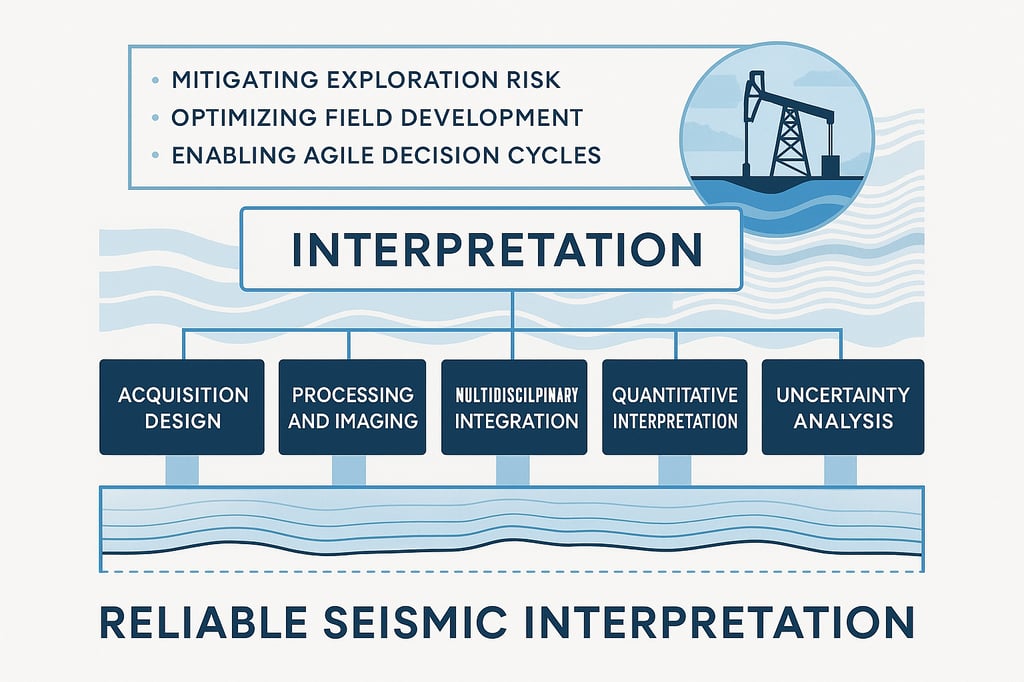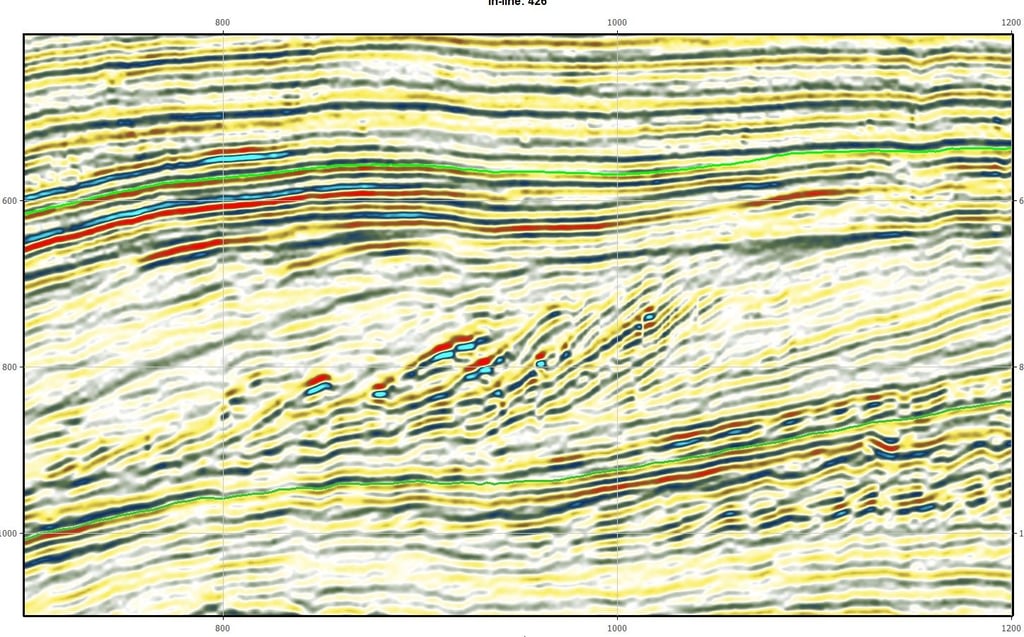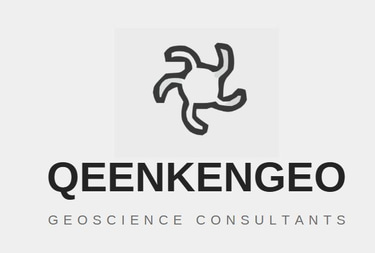SEISMIC INTERPRETATION: IMPORTANCE OF A RELIABLE INTERPRETATION ON TAKING-DECISION PROCESS AND BUSINESS
August 8, 2025
In the fast-paced arena of hydrocarbon exploration, every strategic decision hinges on the reliability of subsurface information. As seismic interpreters, we navigate the hidden world beneath our feet, translating complex wavefields into actionable intelligence. Here, I’d like to reflect on why robust seismic interpretation is not merely a technical exercise, but a cornerstone of sound business decision-making.
Aligning Geophysics with Corporate Objectives
Seismic data acquisition and processing represent a significant capital investment. Whether it’s a multi-client survey spanning thousands of square kilometers or a proprietary 3D campaign focused on a mature basin, the stakes are high. A rigorous interpretation workflow ensures that this investment delivers maximum return by:
Mitigating Exploration Risk: By integrating borehole and seismic attributes—horizons, faults, amplitude anomalies—you can delineate prospects with higher confidence, reducing the likelihood of dry-hole expenditure.
Optimizing Field Development: Detailed reservoir characterization informs well placement, completion strategies, and production scenarios, directly impacting net present value (NPV) and project economics.
Enabling Agile Decision Cycles: When interpretation outputs are delivered with clarity and speed, management can pivot strategies quickly in response to new data or market fluctuations.
The Pillars of Reliable Interpretation
Data Quality and Acquisition Design A high signal-to-noise ratio and correct source-receiver geometry underpin any credible interpretation. Early collaboration between land, marine, and processing teams helps preempt challenges such as poor illumination or acquisition footprinting.
Advanced Processing and Imaging Techniques like pre-stack depth migration, anisotropic velocity modeling, and spectral whitening unlock the true subsurface picture. By honoring the physics of seismic wave propagation, we reduce artifacts and enhance resolution, allowing us to map subtle stratigraphic and structural features.
Multidisciplinary Integration Seismic attributes gain strength when calibrated against well logs, production data, and rock-physics models. Attributes such as Instantaneous Frequency, Coherence, and AVO gradient become more than colorful maps—they become quantitative proxies for lithology, porosity, and fluid content.
Quantitative Interpretation (QI) QI workflows, including stochastic inversion and geostatistical reservoir modeling, translate seismic amplitudes into volumetric estimates. This rigor reduces uncertainty in volumetric calculations—critical when presenting reserves numbers to investors and regulators.
Robust Uncertainty Analysis Modern business pressures reward not just “best-estimate” models, but a full understanding of upside and downside scenarios. By generating deterministic and probabilistic scenarios, decision-makers can weigh project economics against commodity price volatility and geopolitical risks.
Real-World Impact: From Seismic Picks to Boardroom Strategies
Consider a recent offshore campaign where amplitude‐versus‐offset (AVO) anomalies indicated potential gas sands. Through integrated inversion and rock-physics calibration, we were able to discriminate sand layers from shale interbeds confidently. The operator adjusted well spacing and completion tactics accordingly—resulting in a 30% uplift in initial production rates and a 12% reduction in drilling cost per well.
In another setting, high-resolution coherence cubes revealed subtle fault splays that had been overlooked in conventional horizon mapping. By factoring these into the development plan, the client avoided a potentially unproductive infill well and reallocated capital to a more prospective area, safeguarding an estimated $15 million in drilling expenditures.
Beyond Data: The Human Element
While technology provides the tools, it’s our interpretive expertise—pattern recognition honed over decades, critical thinking, and interdisciplinary collaboration—that ultimately drives value. Clear communication of uncertainties, scenario planning, and interactive workshops ensure that geoscientific insights resonate with finance, operations, and executive teams alike.
Positioning Your Exploration Business for Success
A dependable seismic interpretation workflow is not a luxury—it’s a strategic imperative. By marrying cutting-edge geophysical techniques with transparent business metrics, exploration companies can:
Attract Investment: Demonstrate rigorous risk management and credible upside.
Streamline Approvals: Provide regulators and partners with defensible, data-backed reservoir models.
Enhance Operational Efficiency: Optimize drilling schedules and reduce non-productive time.
Maximize Reserves Recovery: Identify bypassed pay zones and tailor enhanced recovery strategies.
Conclusion and Next Steps
In an era of tighter margins and heightened environmental scrutiny, exploration success demands more than seismic snapshots—it requires a holistic, high-fidelity understanding of the subsurface. By investing in a robust interpretation process—spanning data acquisition, advanced imaging, quantitative workflows, and multidisciplinary integration—companies can transform seismic insights into confident, cost-effective decisions.
Are you ready to elevate your exploration portfolio? Let’s connect to discuss how our specialist seismic interpretation services can help you unlock hidden value, mitigate risk, and drive sustainable growth across your projects
We would be honored to add value to your data.
#seismicinterpretation, #qeenkengeo, #business, #resourcesestimation.




